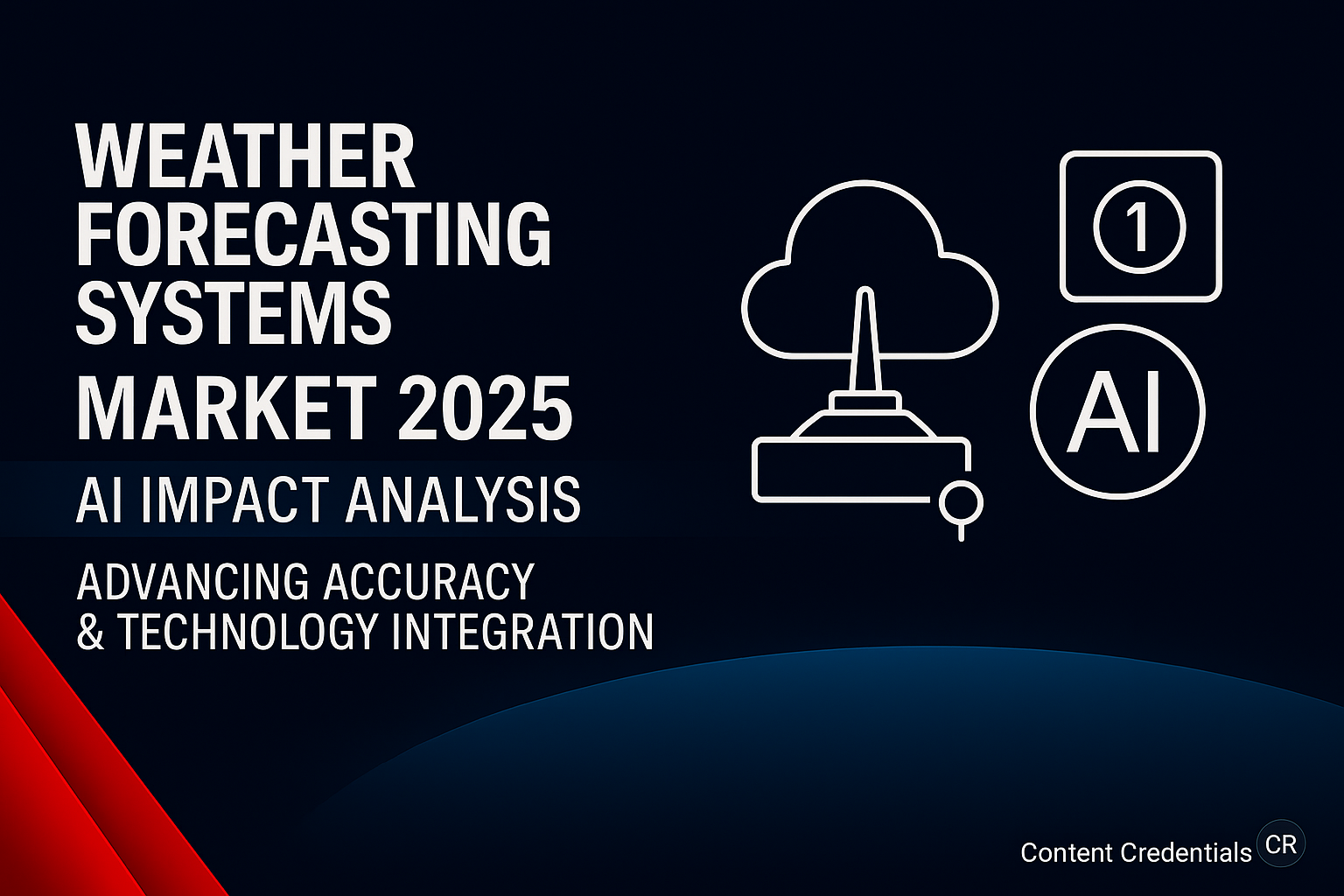You’ve heard of betting on horses, sports teams, even political elections. But what about betting on the planet? That’s the core idea behind climate and environmental outcome markets—a fascinating, and honestly, a little bit wild, new frontier in the fight for a healthier Earth.
Here’s the deal. These aren’t your typical stock markets. Instead of trading shares of a company, participants are essentially placing financial bets on the achievement of specific, measurable environmental goals. Think of it as a pay-for-success model for the natural world. If a project—like restoring a mangrove forest or preventing a patch of rainforest from being cut down—achieves its verified goal, the backers get a return. If it fails? Well, the investment might not pay off financially, but the intent was always to drive positive change.
What Exactly Are We Talking About Here?
Let’s break it down. At its heart, an environmental outcome market is a system that connects project developers with financiers who want to pay for verified results. It’s a shift from funding activities to funding achievements.
Imagine a farmer in Brazil agrees to shift to regenerative agriculture practices that pull carbon from the atmosphere and into the soil. A corporation, say, in Europe, wants to support this. But they don’t just want to donate; they want proof. So, they agree to buy “carbon credits” from the farmer, but only after a third-party scientist verifies that X amount of carbon has indeed been sequestered. That verified result is the commodity. That’s the bet.
The most common types of markets right now focus on:
- Carbon Credits: The big one. Projects that reduce or remove greenhouse gases generate tradeable credits.
- Biodiversity Credits: An emerging area where the “product” is the proven protection or enhancement of ecosystems and species.
- Water Quality Credits: Where investments are made to reduce pollutants in watersheds, and credits are issued for verified clean-up.
The Engine Room: How Do These Markets Actually Function?
It’s not a free-for-all. For these markets to have any credibility—and they live or die by their credibility—they need a rigorous framework. It’s a bit like building a ship; you need every part to be seaworthy.
The Key Players in an Ecosystem of Trust
| Project Developers | On-the-ground organizations (NGOs, landowners, entrepreneurs) implementing the conservation or restoration work. |
| Buyers/Investors | Corporations, governments, or even individuals looking to finance environmental gains, often to meet their own sustainability targets. |
| Standard-Setting Bodies | Groups like Verra or the Gold Standard that create the rulebook for what counts as a legitimate credit. |
| Verifiers | Independent third-parties who audit the projects to confirm the outcomes actually happened. This is the “trust but verify” step. |
| Registries | Digital platforms that track the issuance, ownership, and retirement of credits to prevent double-counting or fraud. |
This whole chain creates a system where money flows directly to proven success. It aligns financial incentive with ecological need. And that, you know, is a pretty powerful combination.
The Promise and The Peril: A Balanced View
Okay, so it sounds great in theory. But like any powerful tool, environmental outcome markets come with a lot of complexity—and controversy.
The Glimmering Upside
First, the promise. These markets can unlock massive, and I mean massive, amounts of private capital for environmental projects that are chronically underfunded. Governments and philanthropy alone can’t foot the bill. This brings scale.
They also encourage innovation. Suddenly, there’s a financial reason to develop better ways to measure soil carbon, monitor deforestation from satellites, or track wildlife populations. They put a tangible value on nature’s services, which have been taken for granted for far too long.
The Thorny Challenges
Now, for the perils. The biggest hurdle is integrity. How do you ensure a carbon credit is real? There are huge concerns about “additionality”—was the project going to happen anyway? And what about “leakage”—did you protect one forest only for the loggers to move to the next one over? If the verification isn’t bulletproof, the whole market becomes a house of cards.
There’s also a real risk of greenwashing. A company might buy a bunch of cheap, low-quality credits to claim they’re “net-zero” while continuing to pump out emissions from their core operations. That’s just… accounting trickery, not climate action. It’s a shell game that helps no one.
And honestly, the ethical dimension is tricky. Is it right to put a price on a whale, or a pristine river? Some argue it commodifies nature in a way that feels uncomfortable. That’s a philosophical debate we’re only just beginning to have.
The Future of Betting on Green
So where is this all headed? The trend is toward more sophistication and, crucially, more regulation. The wild west days are (slowly) coming to an end. We’re seeing a push for higher-quality credits, more transparent methodologies, and stricter oversight.
The integration of technology is a game-changer. AI and satellite monitoring are making verification more reliable and cheaper. Blockchain is being explored for creating tamper-proof registries. This tech infusion is building the trust these markets desperately need to mature.
And the scope is broadening. Beyond carbon, we’re seeing early experiments in biodiversity markets—where a real estate developer might offset habitat loss by purchasing credits from a wetland restoration project. It’s messy, it’s new, but the direction is clear: we’re starting to build an economy that accounts for nature’s balance sheet.
In the end, betting on environmental outcomes isn’t a silver bullet. It’s a tool. A powerful, imperfect, and rapidly evolving tool. It won’t replace the need for drastic policy changes or shifts in consumer behavior. But it does channel the immense power of finance directly toward a provable, positive impact. It makes healing the planet a viable, and even a shrewd, financial decision. And in a world running out of time, that’s a bet we might just need to make.











